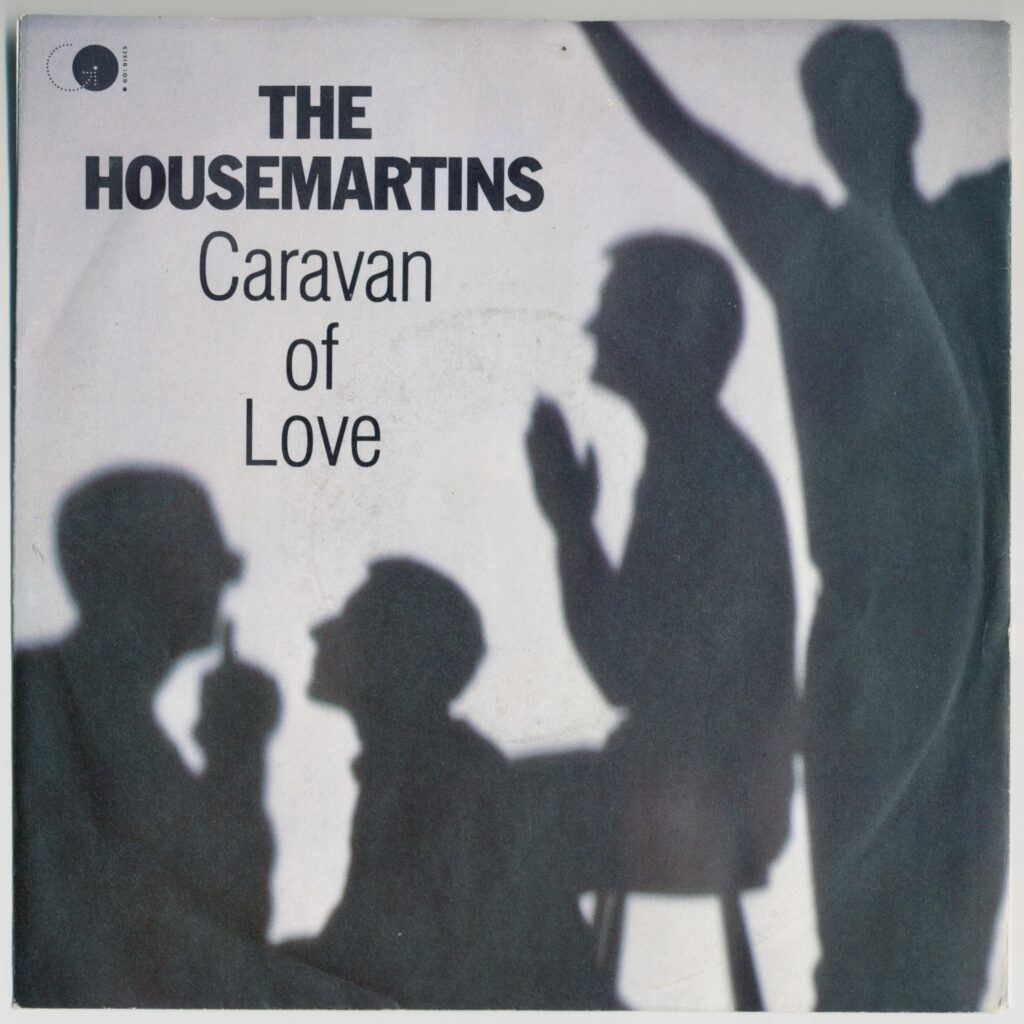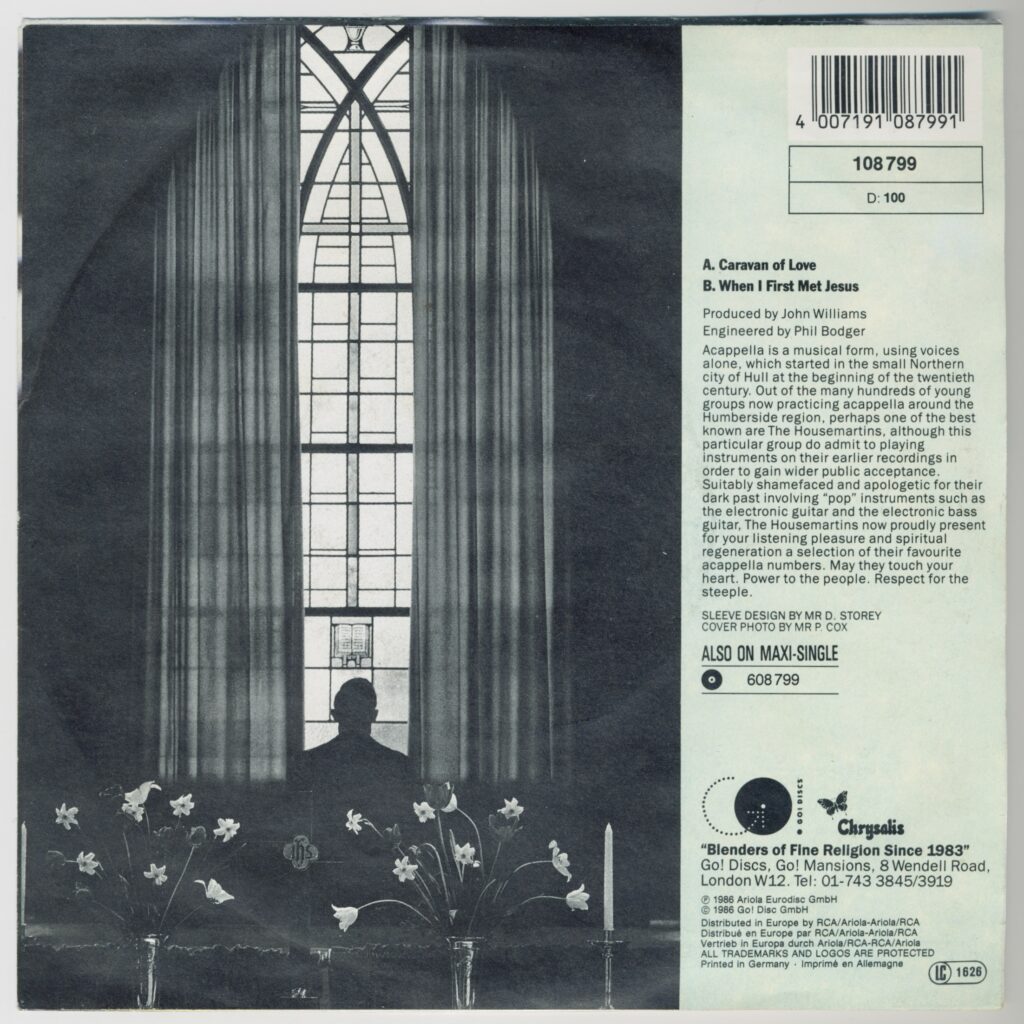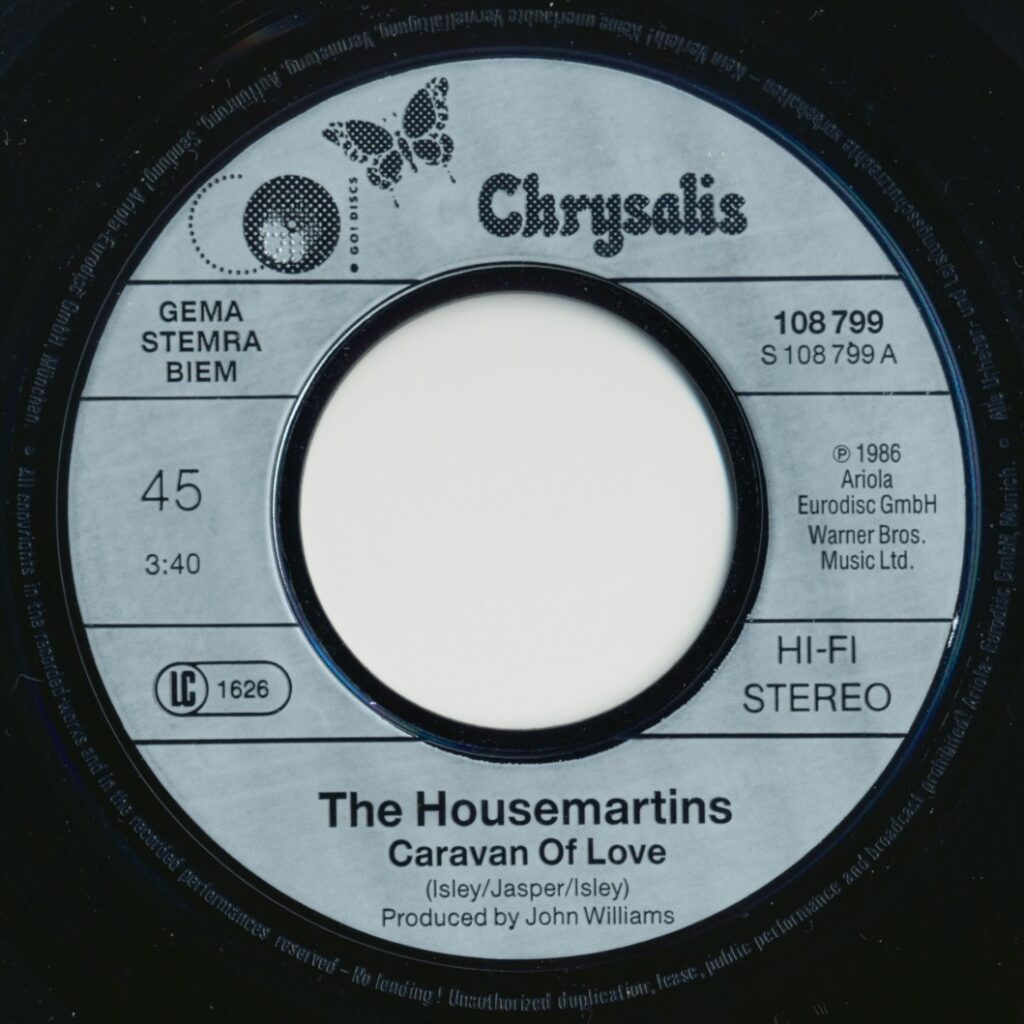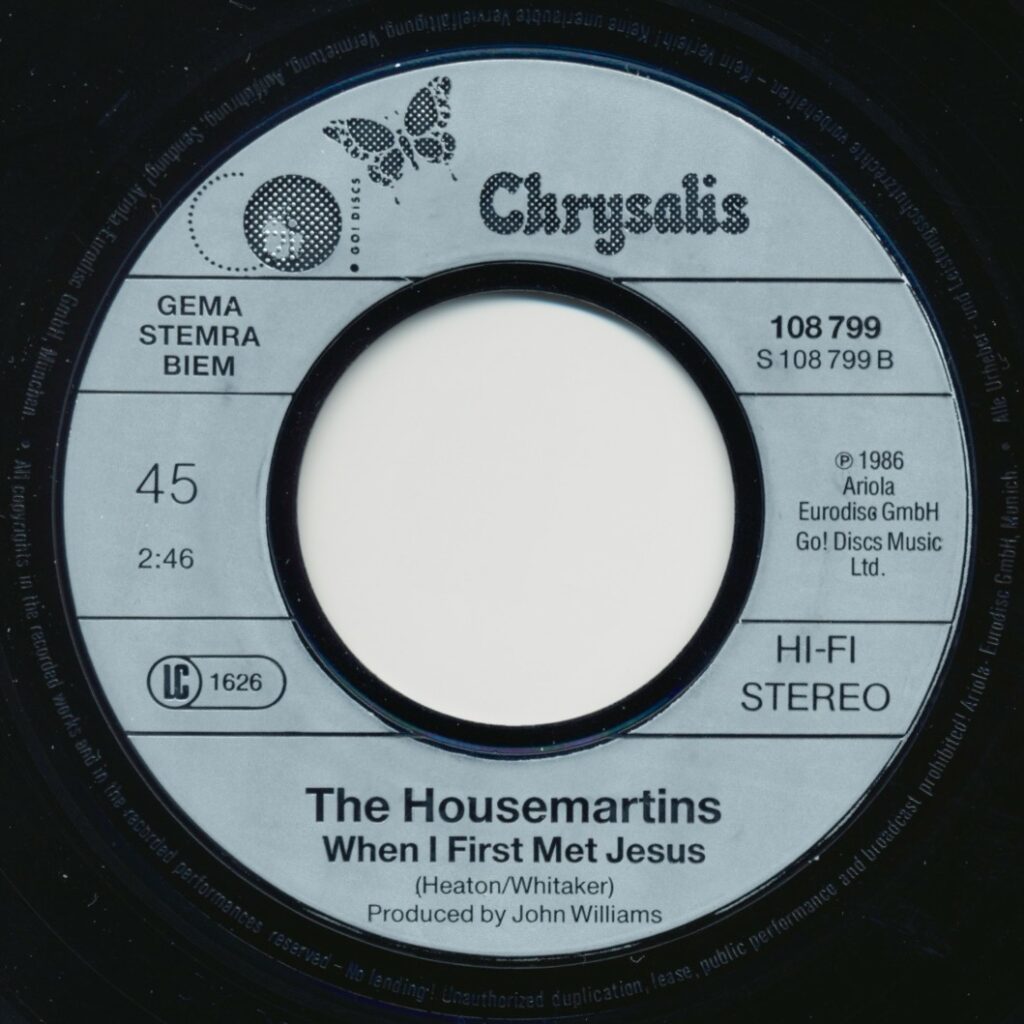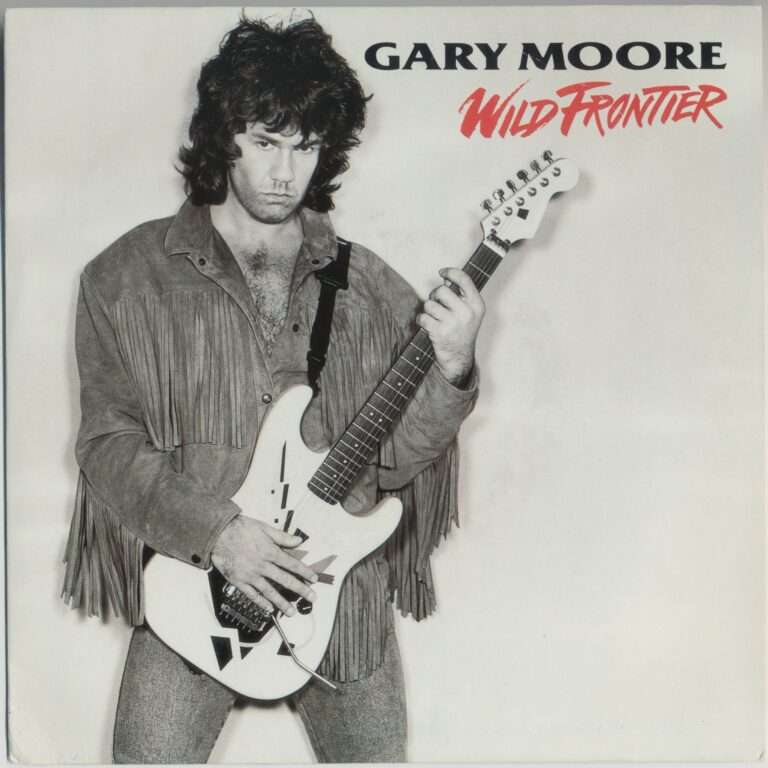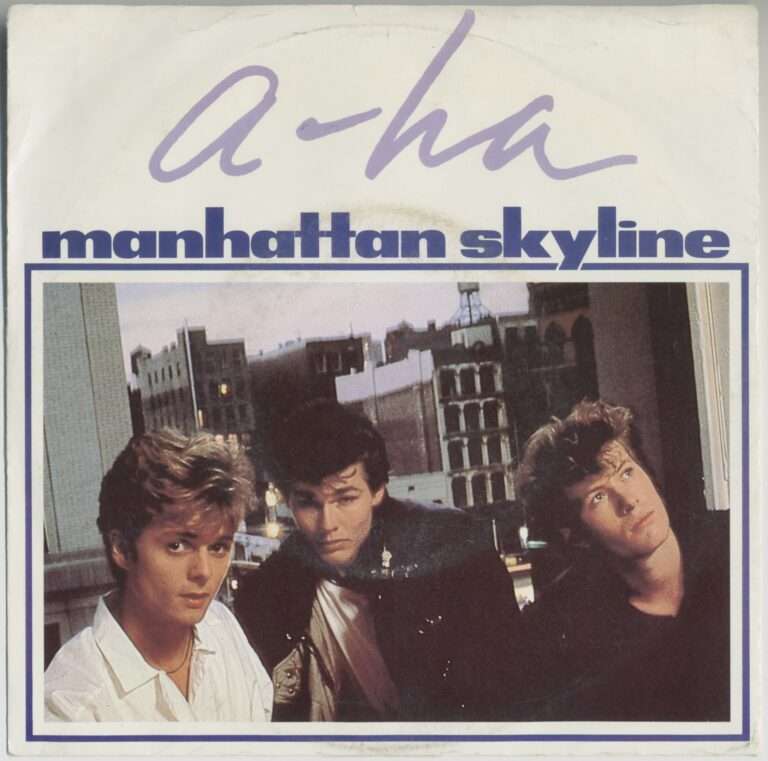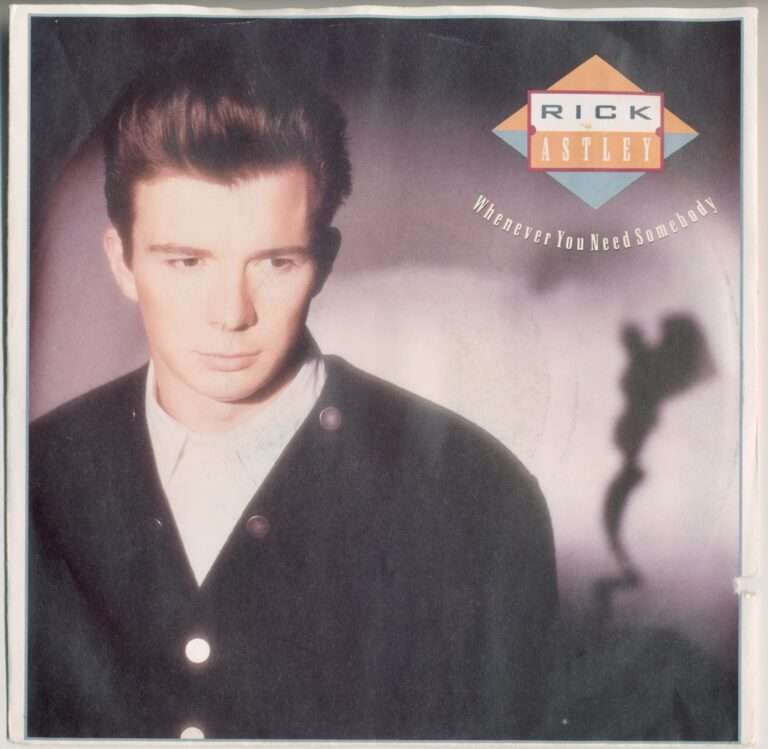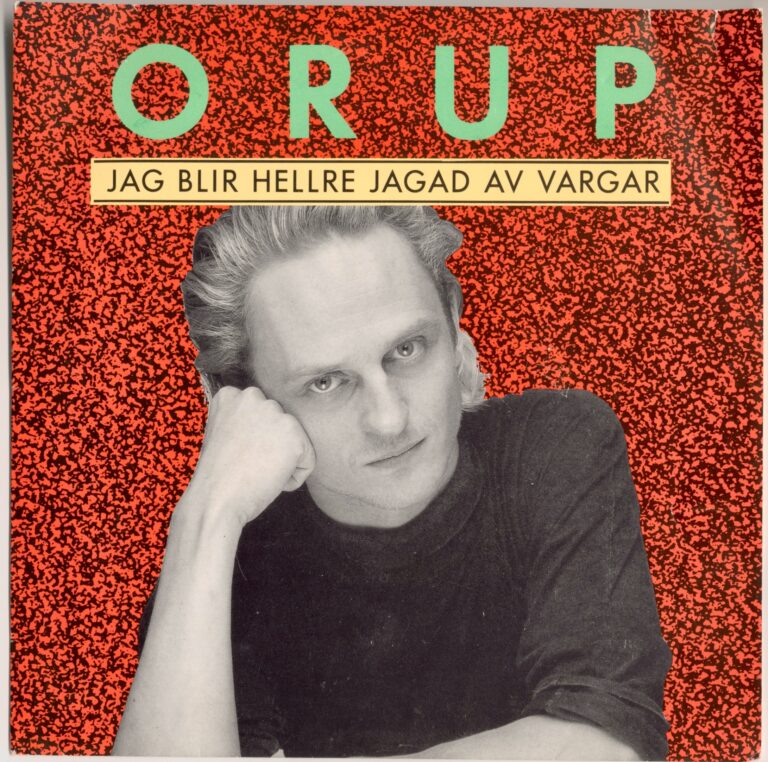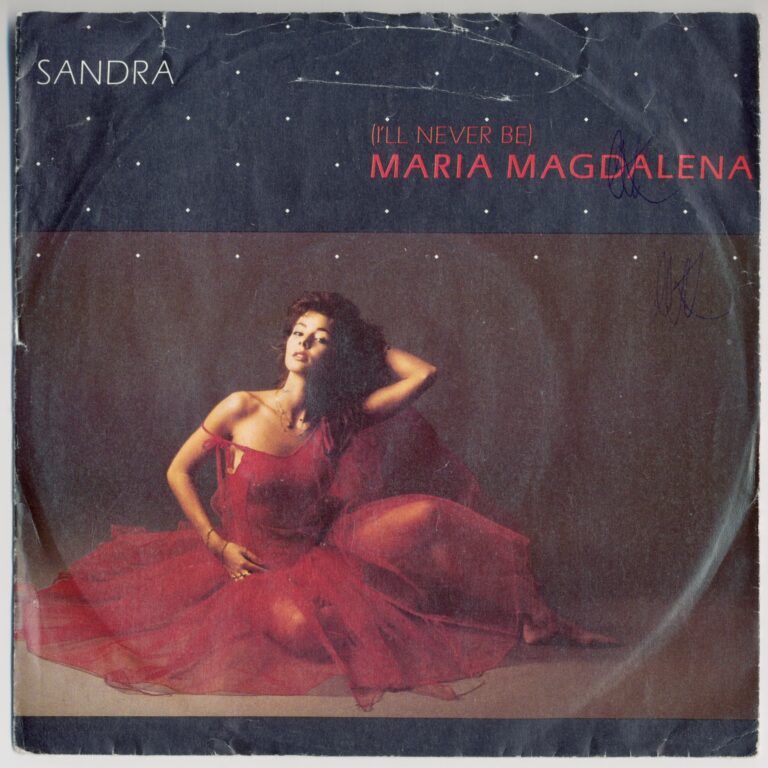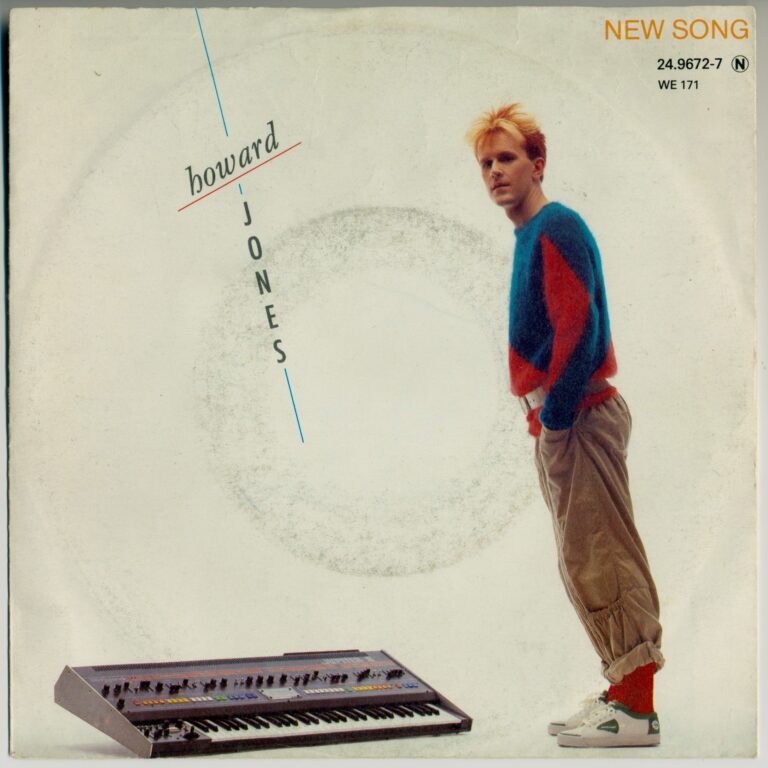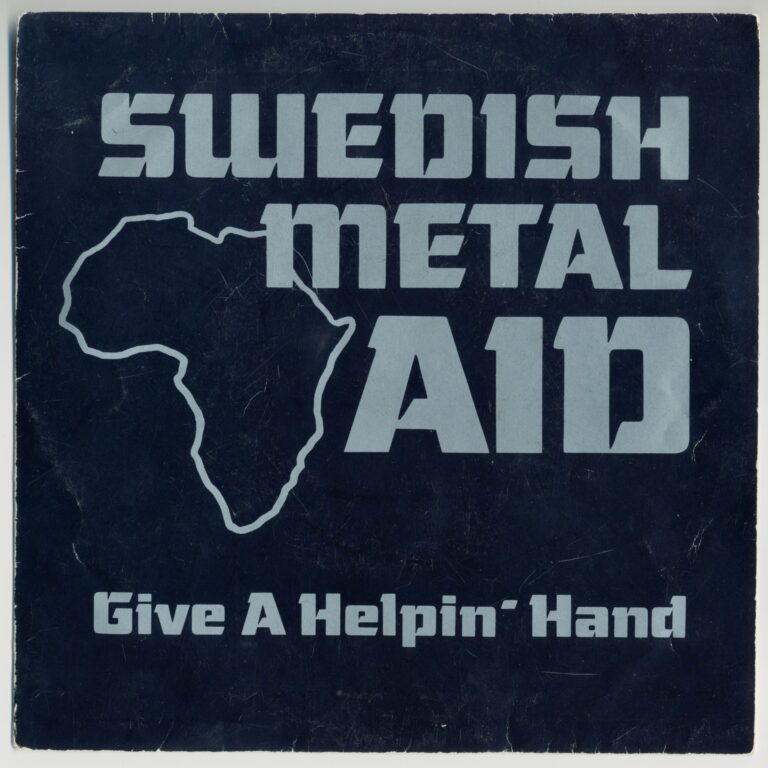In the winter of 1986, as the UK braced for its annual festive chart battle, an unlikely contender emerged, not with jingle bells and sleigh rides, but with a stripped-down, soulful plea for unity. The Housemartins, a band described as “out of their time” and “the nearest thing 1986 had to a people’s band,” released their a cappella rendition of “Caravan of Love.” This wasn’t just another pop single; it was a phenomenon that would resonate far beyond its initial release, leaving a lasting mark on the cultural landscape, especially in an unexpected corner of Scandinavia.
The song’s journey began not in the industrial heartland of Hull, but in the R&B world of Isley-Jasper-Isley, who first penned “Caravan of Love” in 1985. Their version, a smooth R&B/soul track, carried Chris Jasper’s intention to convey Christian beliefs to a wider audience. But when Paul Heaton, The Housemartins‘ lead singer, heard it, he saw a different path. He felt Isley-Jasper-Isley “could have done it better” vocally , leading his band to a “radical reimagining”. They stripped away the instruments, embracing an a cappella arrangement that demanded “vocal precision and raw emotional delivery”. This bold choice not only set them apart in the 1980s pop scene but also perfectly amplified Heaton’s distinctive “cracked lead vocal – part pleading, part threatening”.
Yet, the transformation wasn’t merely musical. The Housemartins, with their “deep-rooted brand of socialist Christianity,” subtly yet profoundly shifted the song’s lyrical focus. Heaton consciously changed “every man in the world” to “every people” to promote a more inclusive message, shedding what he called “man rubbish”. Even more strikingly, “the world in which we were born” became “the place in which we were born, so neglected and torn apart”. This wasn’t just a poetic flourish; it was a direct and potent critique of Thatcherism and the social hardship prevalent in Britain in late 1986, transforming the song into a “call to unite which could easily double as a call to arms” for the dispossessed.
“Every woman, every man / Join the caravan of love / (Stand up) stand up, stand up”
“Caravan of Love” swiftly ascended the UK charts, reaching number 1 on December 20, 1986. It was a remarkable achievement, making it only the second a cappella single in UK chart history to top the charts. However, the coveted Christmas Number 1 spot, a much-cherished British institution, eluded them. A posthumous re-release of Jackie Wilson’s 1957 hit “Reet Petite” swooped in, claiming the festive crown. It was a minor heartbreak perhaps, but one that couldn’t diminish the song’s widespread appeal.
Beyond the UK, the “Caravan of Love” embarked on a truly international journey, topping charts in Germany, New Zealand, Norway, and Switzerland. But it was in Sweden where the song found a particularly deep resonance. In 1987, “Caravan of Love” spent an astonishing seven weeks on the Swedish radio chart “Trackslistan”, even becoming the chart’s year-end number two. This sustained success painted a clear picture of a unique regional affinity for The Housemartins’ sound and message. Perhaps the earnest, unadorned plea for unity, coupled with the band’s distinctive blend of indie-pop and social commentary, struck a chord in the Swedish collective consciousness.
The song’s impact extended beyond chart positions. The visual storytelling was equally compelling, with the 7-inch single cover depicting the band members in prayer, crosses shaved into their hair. The music video, filmed in a church and featuring the inscription “God is Love” on a stained glass window, further underscored the spiritual undertones. This overt Christian imagery, combined with Heaton’s “little Marxism,” aimed for a world where people “all get along”.
Even after The Housemartins disbanded, “Caravan of Love” continued its journey, remaining a significant part of Paul Heaton’s live repertoire. Its adaptable message and melodic strength have inspired numerous cover versions across genres, from reggae to jazz, proving its enduring appeal.
“Caravan of Love” stands as a testament to the power of artistic reinterpretation. What began as a heartfelt R&B track was transformed by The Housemartins into something profoundly different: a stark, a cappella anthem that was both deeply spiritual and sharply political. It captivated audiences, dominated charts, and subtly challenged the status quo, cementing its place as a significant voice of the 1980s and a song that continues to echo with relevance today.
My copy: 7″, 45 RPM, Europe, 1986, Chrysalis / Go! Discs
Trackslistan (Swedish radio chart): 7 weeks, peaked at #1, #2 on year-end list 1987

